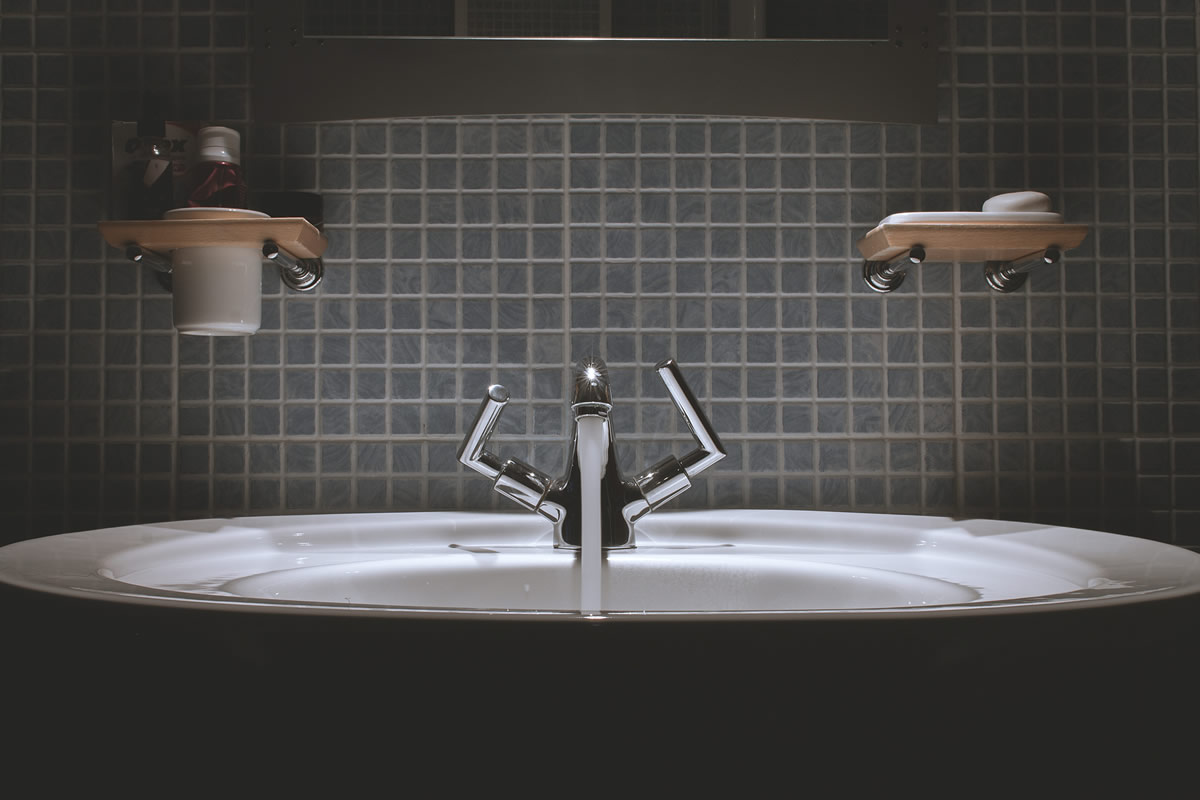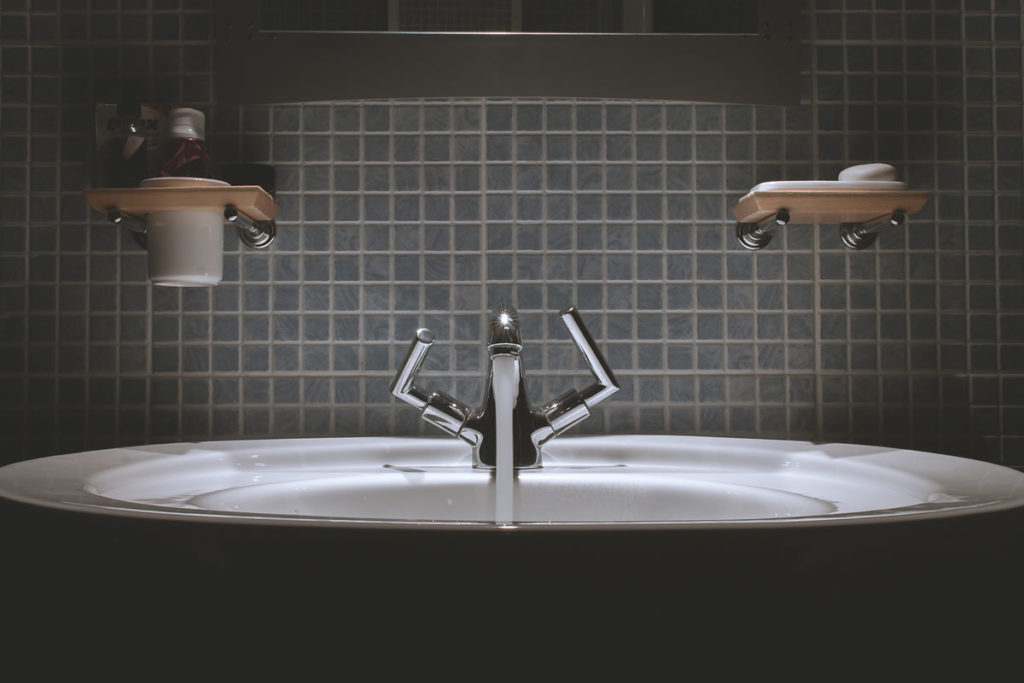
Mention UX design and what’s the first thing that comes to mind? For most of us, we think of apps, websites and other digital creations.
Since when is UX design limited to the digital world? We encounter real world examples every day. It’s just hard to think about doors and cars being examples of UX for the real world.
Let’s break it down – UX design applies to any design that takes on a specific need(s) and works to solve that issue through a better design. Simple, right?
While we could list great examples of how UX design applies to reality versus digital, here are just a few widely different examples that’ll inspire any creative mind.
Tiny Houses

Tiny houses have taken the country by storm. It’s a trend that involves moving into a home that’s about the size of a few rooms in a normal house. The concept is all about having a simpler life with less things, but that doesn’t mean people still don’t need a little space.
Here’s where the UX design comes into play. If you’re not familiar with tiny houses, take a look at some of the examples from Country Living. While you and me might not want to limit our space that much, it’s impressive with how much fits into such a small area.
First, bedrooms are usually placed in a loft with a ladder flush against the wall. This leaves more space for other rooms and gives privacy in the bedroom. Tables often fold up against the wall and may even have fold out seats. Sofas double as storage space. Any steps also double as storage. These incredible little homes have some of the most creative designs to offer a fully functional home in a small package.
CycleBoard
An electric vehicle that you stand on might not strike you as UX for the real world, but let us explain. This fun vehicle combines a scooter, bike and skateboard into something people actually want to ride, even adults. What sets it apart in the UX department is how easy it is to balance and steer.
The CycleBoard has three wheels, two on the front and one in back. This makes it easy to stay balanced while the back single wheel makes turning and navigating smooth and simple. All a person has to do is lean to go the direction they want.
The folding and lightweight design fits the target audience perfectly – college students and those working within the city. Users just hop on and ride a short distance to class or work. They then fold up the CycleBoard and take it in with them.
User Friendly Bathrooms

We told you these were drastically different examples. Bathrooms are full of UX design problems. For instance, if a towel or dryer isn’t close to the sink, there’s a drip trail that turns into a slip hazard and let’s face it, no one wants to face plant on the bathroom floor.
A few ways bathrooms are tackling these issues is by placing a drying option within a few inches of the sink. Soap is available directly above or beside the sink. To reduce germs, hands-free towel and soap dispensers along with sensor activated sinks keeps dirty hands off everything. Adding non-slip rugs just around water prone areas makes walking easier and for public bathrooms, rougher texture tiles are still easy to rinse off, but hard to slip on.
This example just proves that little design changes is all it takes to make a major difference. For instance, moving your towel closer in the bathroom could prevent you from falling. See, big difference.
Don’t Limit UX Design
UX for the real world is everywhere we turn. Take a few minutes to look around you. What designs are already solving problems for you? What could you change to make life a little easier? Let those thoughts spark inspiration for your next creative project.
Images: Alejandro Escamilla, Tammy Strobel, Dan Watson